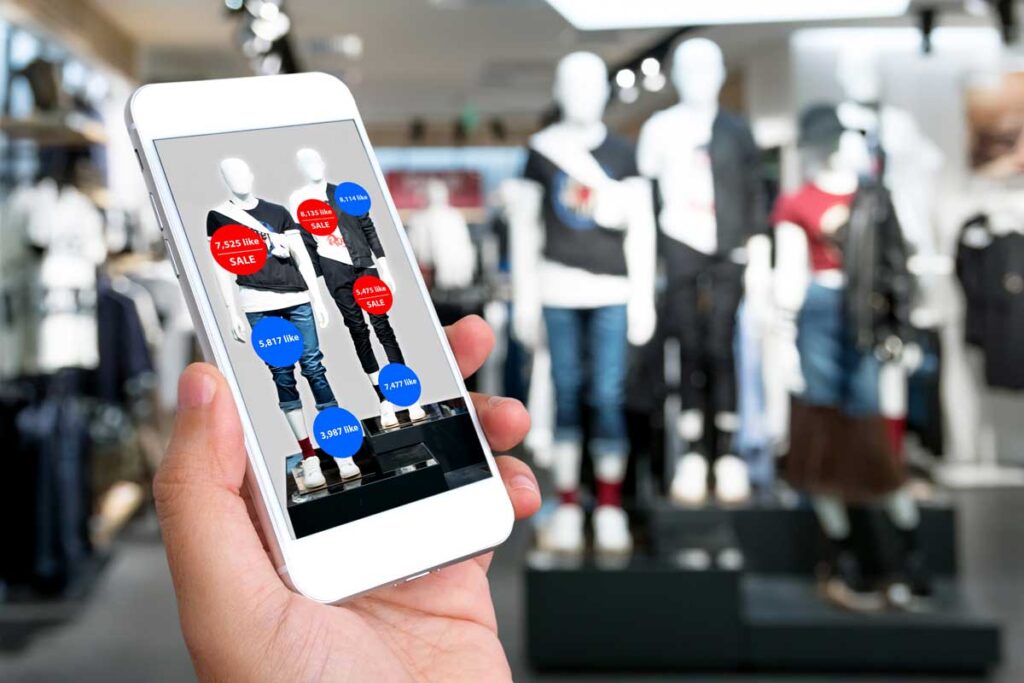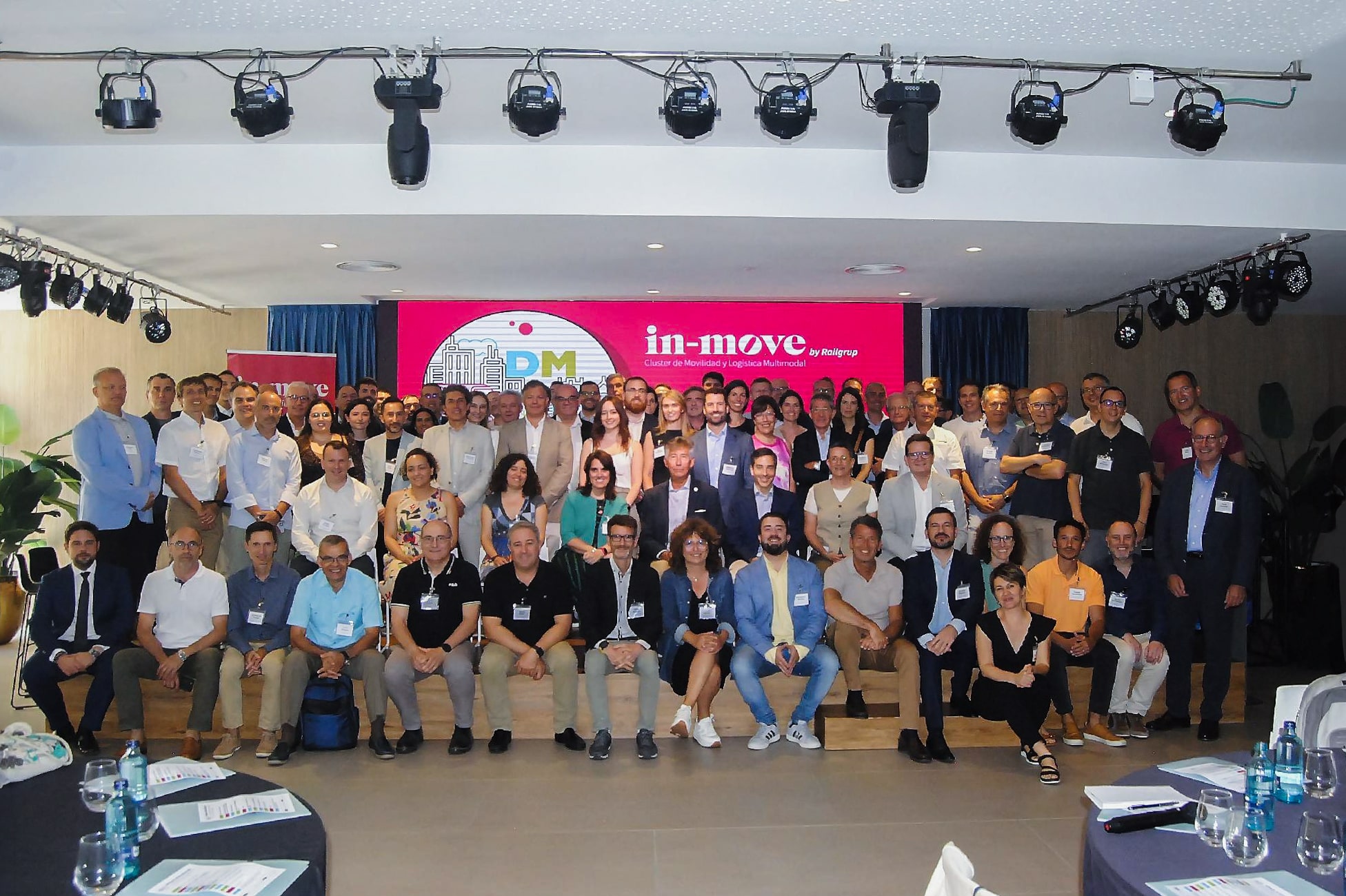Direct to consumer and retail media

Two of the big trends in the retail market are direct to consumer and retail media. These are two concepts that benefit both the brands and the companies that make up the retail sector.
Tabla de contenidos
ToggleDirect to consumer or D2C and retail media are revolutionizing the way brands interact with consumers and how products are marketed.
The retail sector is one of the sectors that is innovating the most to attract and retain new consumers and thus increase sales. Trends such as ecommerce automation or smart retail are becoming more and more widespread. In recent times, to all this terminology aimed at improving the retail shopping experience and thus contributing to business growth, two new concepts have been added: direct to consumer, also known as D2C, and retail media. These practices represent a revolution in the way brands interact with consumers and how they market their products. What is each of them?
Direct to consumer
As its name suggests, it is a concept that aims to reach the consumer directly. The novelty is that the traditional intermediary is dispensed with to attract users. In no case does it mean that the brand is going to do without these retailers, but simply that it is adding a new sales channel with which it can establish a relationship of greater trust with the customer.

The advantages of establishing a D2C channel benefit both brands and the customer. For the former, it gives them greater control over the user experience, from product presentation to after-sales service, allowing them to establish better strategies to build user loyalty. And, because the user is providing data directly to youthe brand can carry out an analysis of purchasing behaviors to design customized strategies, both online and on-site. On the other hand, by eliminating intermediaries from the equation, each sale produced will have a higher profitability and a higher profit margin.
On the other hand, consumers also benefit from D2C. They have direct access to a wider variety of products. They can also acquire products and/or services at more competitive prices and enjoy exclusive promotions, which is essential in retail and the current high inflation situation.
Retail Media
On the other hand, with retail media, companies aim to monetize advertising and marketing space. As an example, the goal is for brands to take advantage of the power of ecommerce platforms such as Amazon or El Corte Inglés to place ads and promotional content on those websites and in their apps.
Retail media is one of the trends of the future in the retail sector as both brands and retailers benefit. The main advantage of retail media for brands is that they can reach a much broader spectrum of audiences and take advantage of the customer segmentation provided by the retailer. Thanks to this segmentation, they can target their ads to the right consumers at the right time.
In addition, retail media provides greater brand visibility and exposure. The retailer, for its part, can achieve an increase in revenues, especially if it incorporates the products of a brand with a high level of customer loyalty into its catalog. In doing so, you can also extend the margins with which you usually work.

Two concepts that are not mutually exclusive
It may seem that direct to consumer and retail media are two exclusive concepts, but the reality is that both imply benefits for both brands and retailers. The D2 channel, for example, may promote the retail platform, while the retail platform may allow for brand-direct channel shopping, taking advantage of both trends. In this sense, the use of solutions such as Digital Customer Engagement by aggity allows to establish a correct strategy to carry out both D2C and retail media actions.
Últimos posts

IBM Think 2024 bets on Generative Intelligence and It Automation solutions

aggity participates in the “Mobility Dialogues” meeting organized by IN-MOVE by Railgrup

aggity appoints Diego Viudes as new commercial director for the spanish business

Key developments in green innovation

Aggity signs a commercial agreement with Sener to address energy efficiency and decarbonization projects in the industrial sector.

“Sustainability, without data, is simply a pipe dream.”

Improvements in corporate data protection





